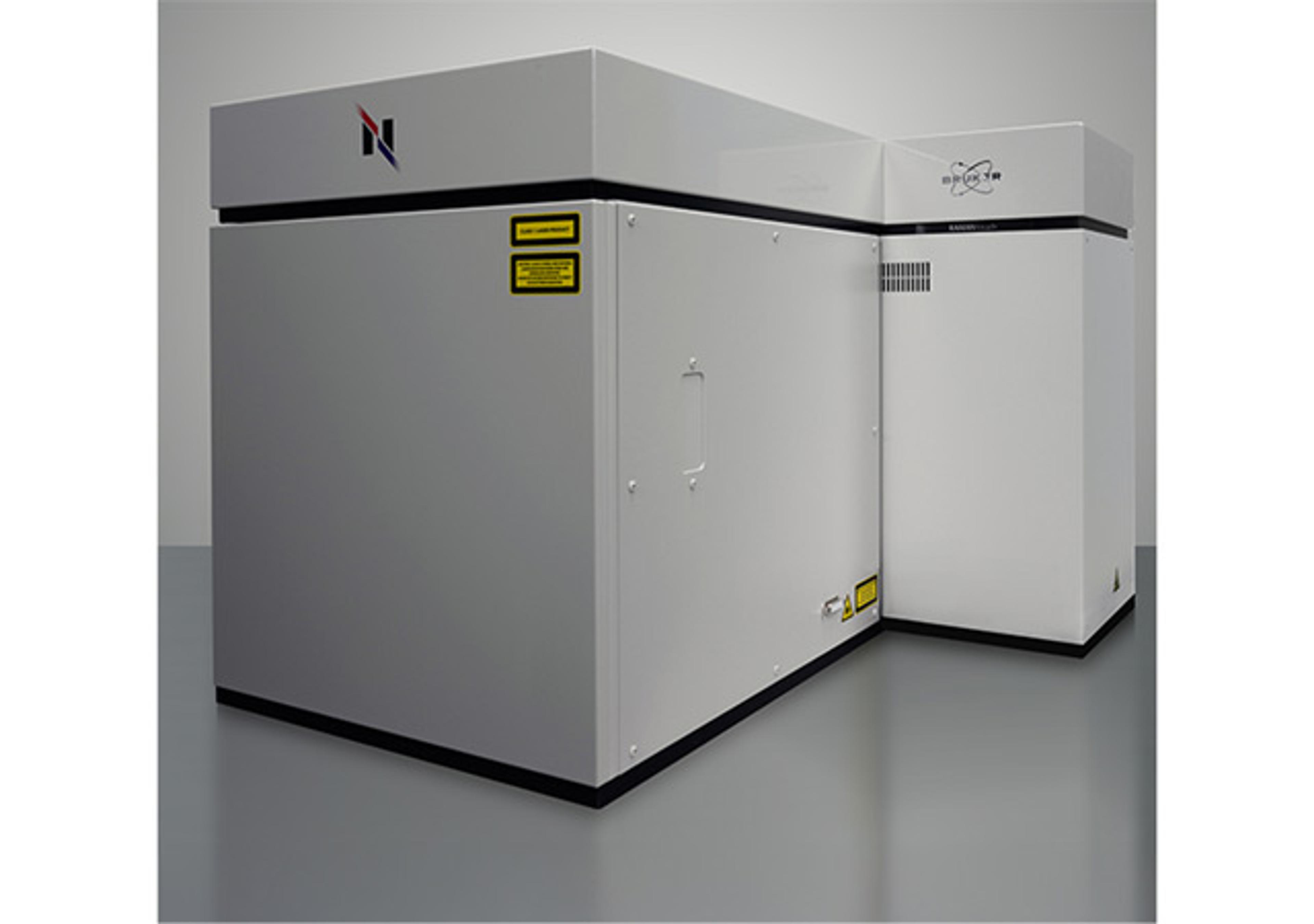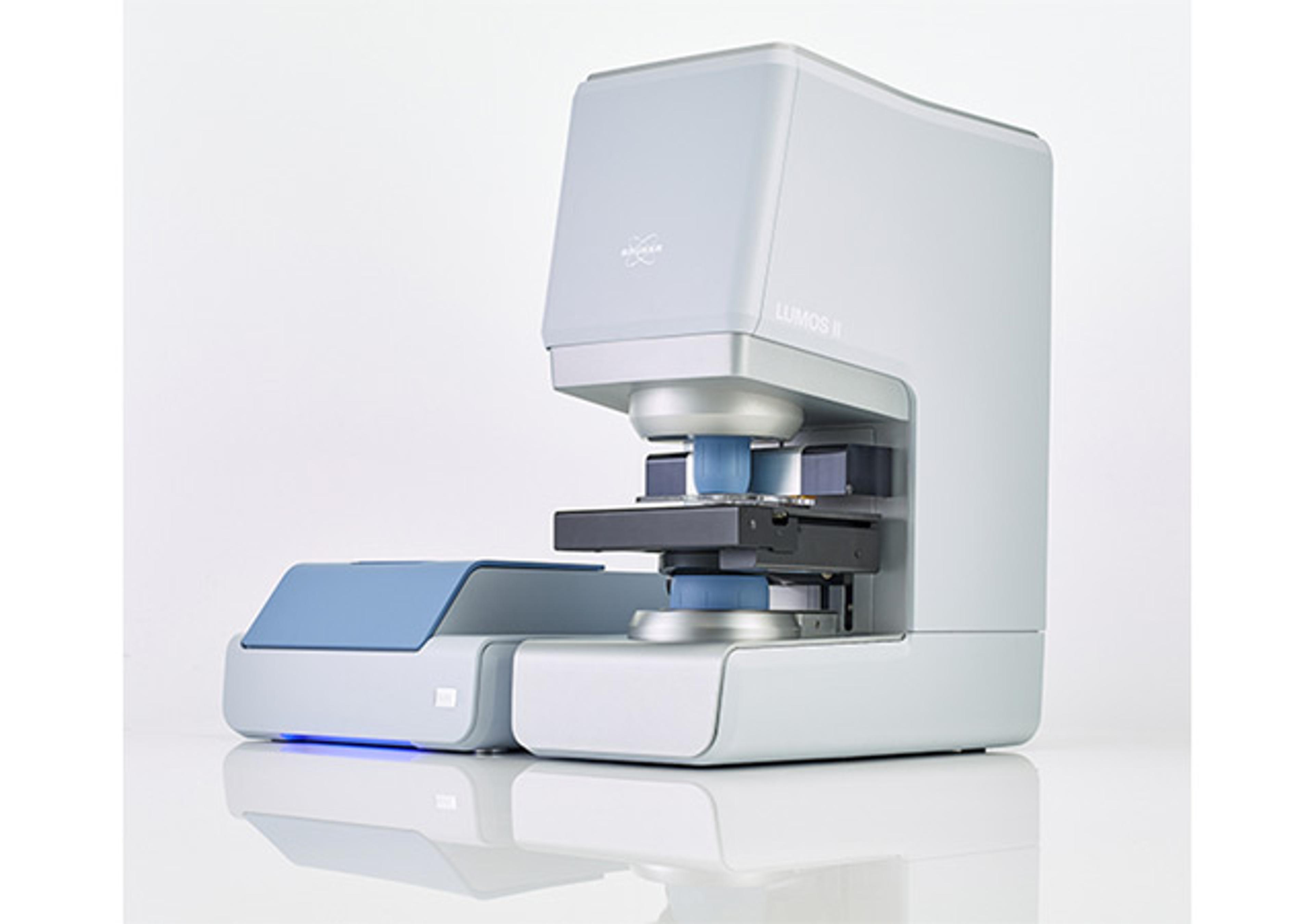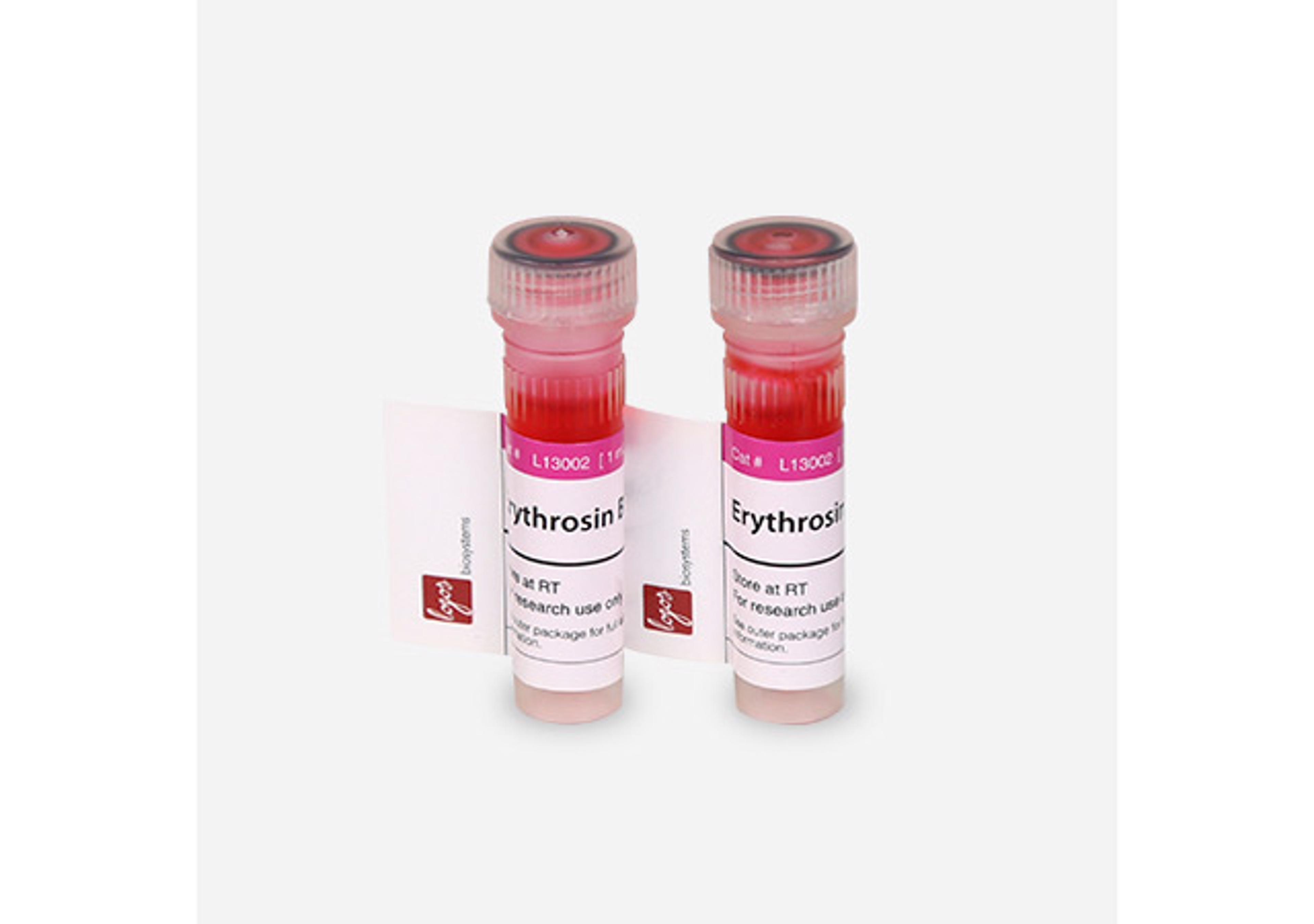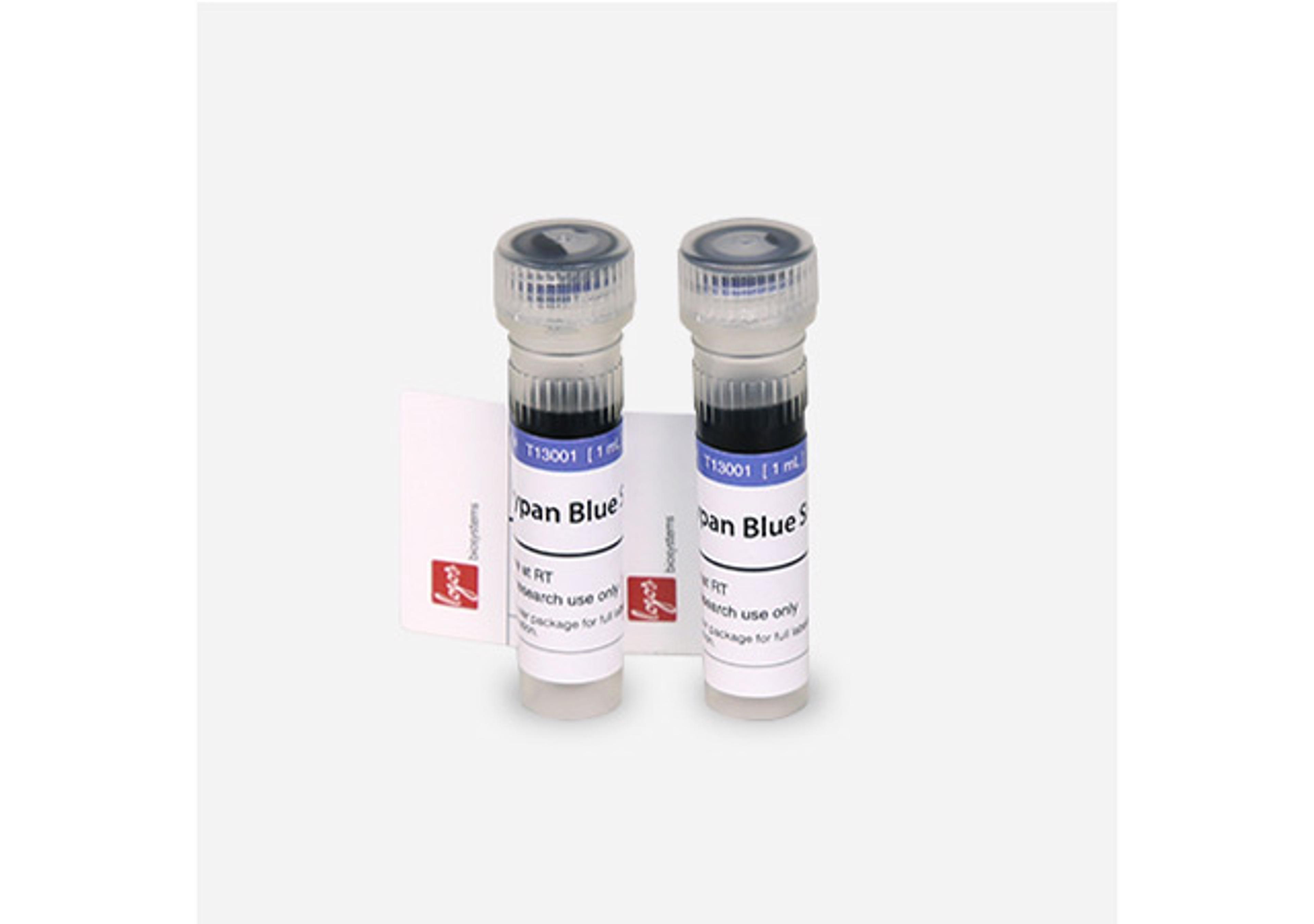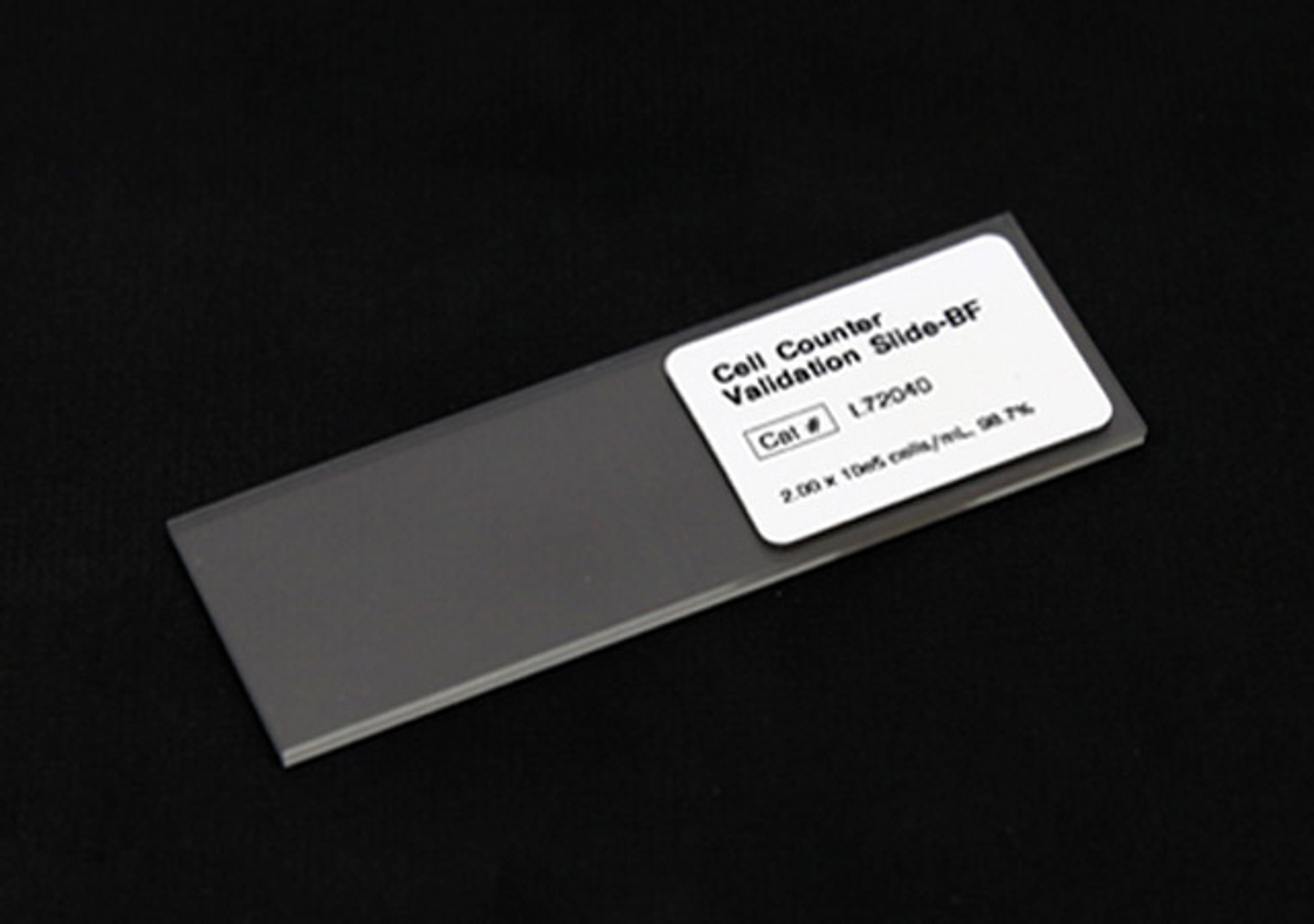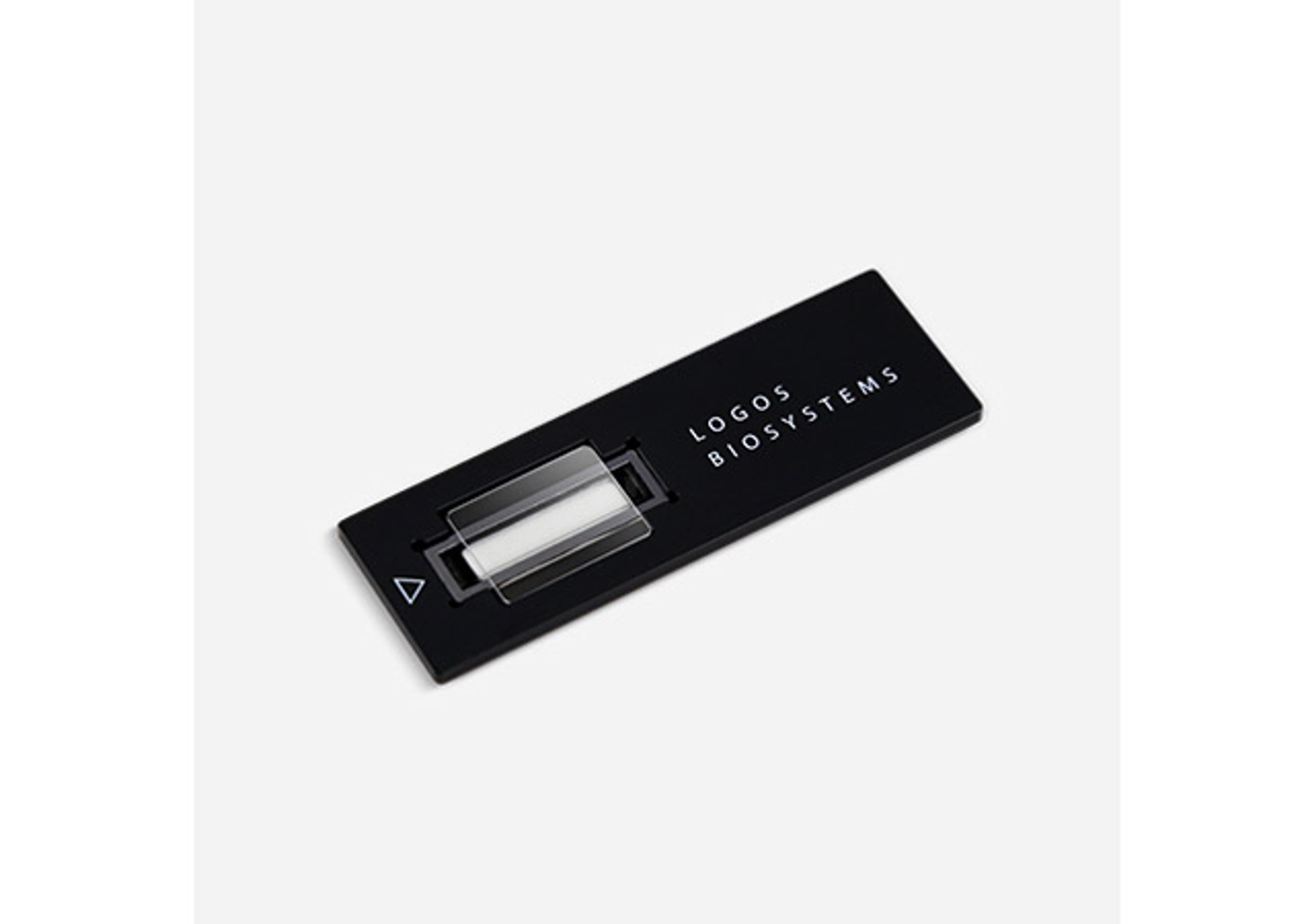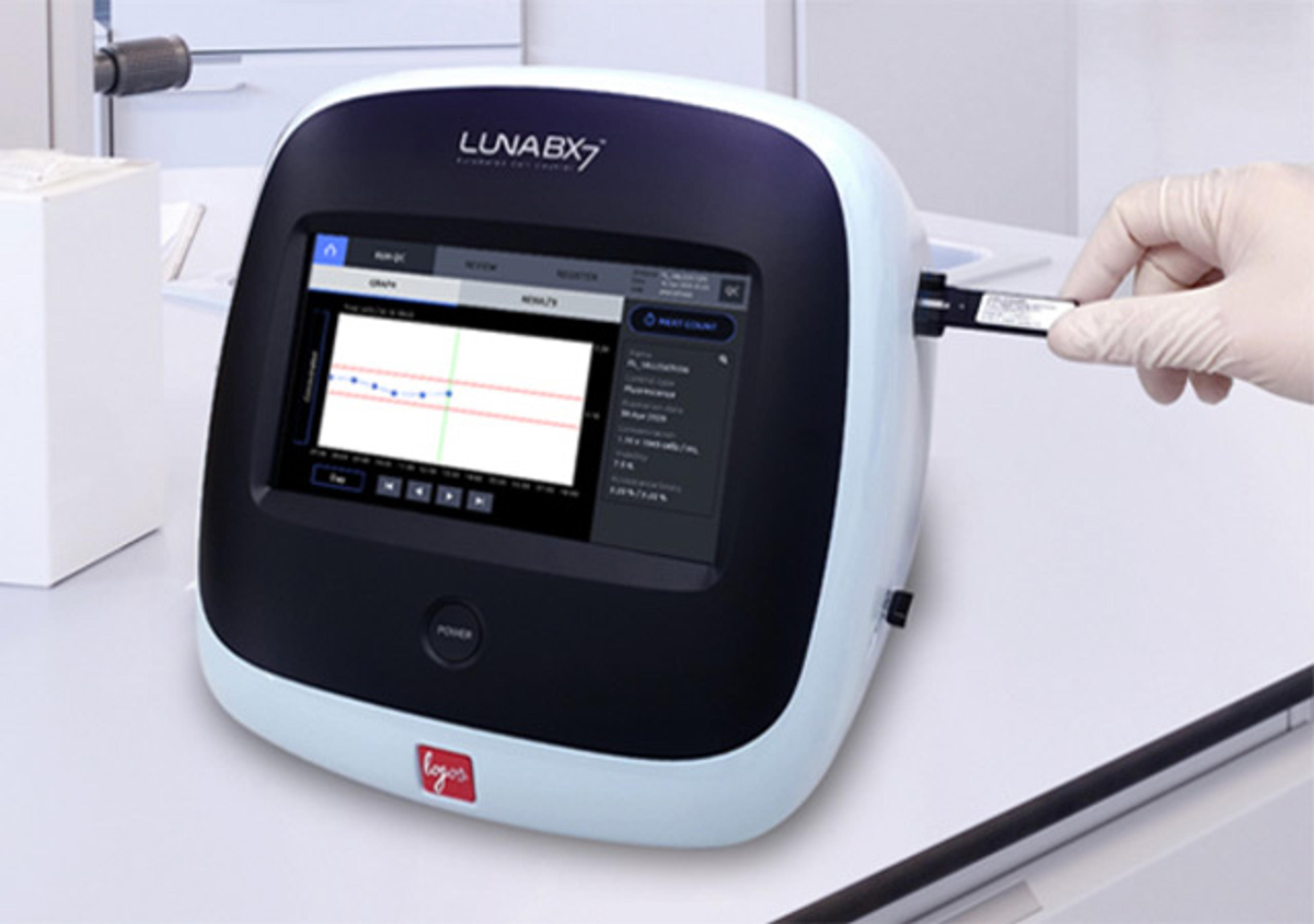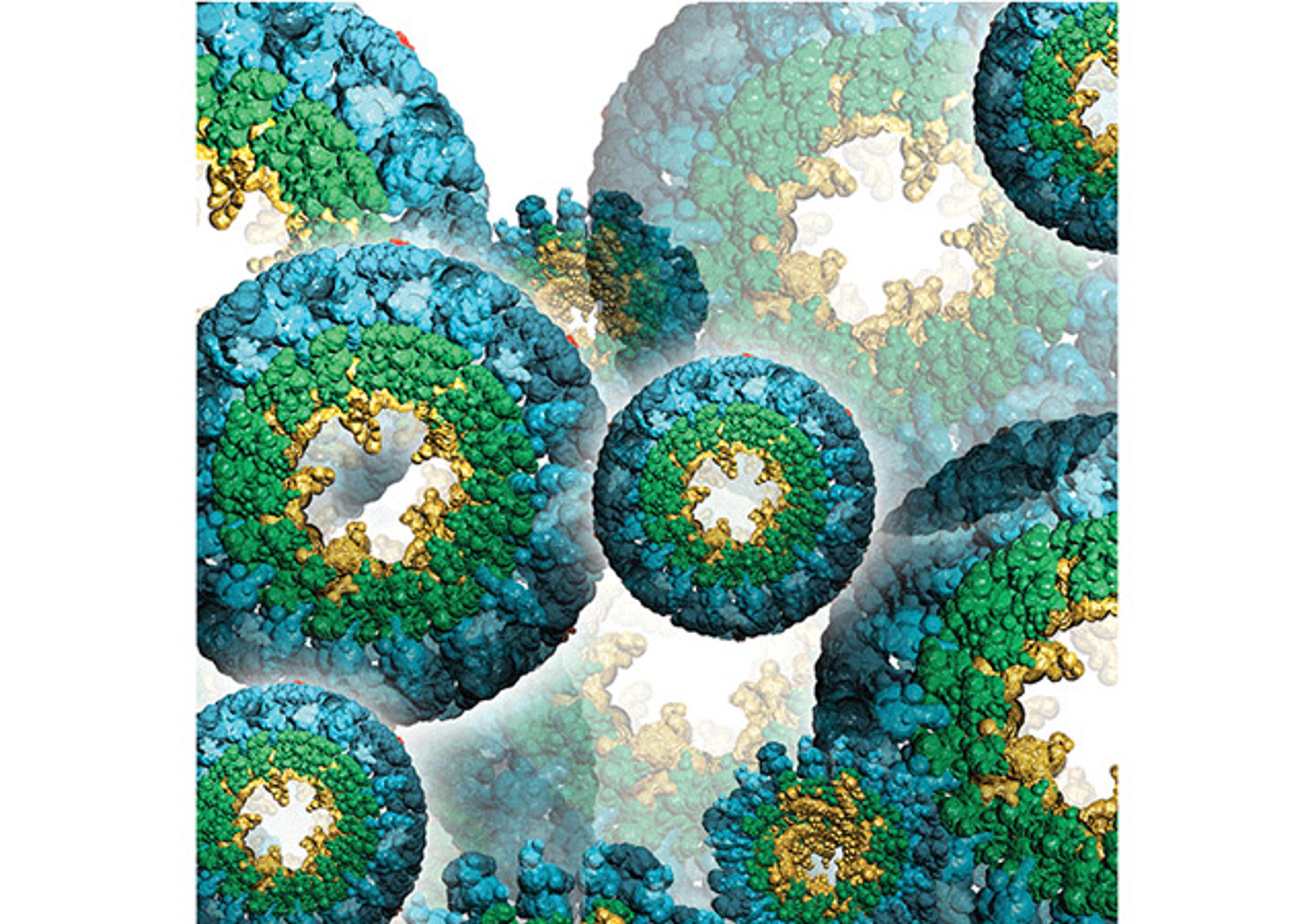Cytotoxicity Detection KitPLUS (LDH)
Application The Cytotoxicity Detection KitPLUS (LDH) is a fast, sensitive, and simple method to quantitate cytotoxicity/cytolysis based on the measurement of LDH activity released from damaged cells using the 96-well or 384-well plate format. The kit can be used in many different in vitro cell systems when damage to the plasma membrane occurs. For example: Detection and quantification of cell-mediated cytotoxicity. Deter…
Good product
Cytotoxicity detection by LDH measurement
Easy to use, quick, efficient
Review Date: 24 Oct 2022
Application
The Cytotoxicity Detection KitPLUS (LDH) is a fast, sensitive, and simple method to quantitate cytotoxicity/cytolysis based on the measurement of LDH activity released from damaged cells using the 96-well or 384-well plate format. The kit can be used in many different in vitro cell systems when damage to the plasma membrane occurs. For example:
- Detection and quantification of cell-mediated cytotoxicity.
- Determination of mediator-induced cytolysis.
- Determination of the cytotoxic potential of compounds in environmental and medical research, and in the food, cosmetic, and pharmaceutical industries. ´
- Determination of cell death in bioreactors.
Benefits
- Suitable for high throughput: Fewer handling steps. No transfer, centrifugation, or prelabeling steps are required.
- Flexible: Defined assay conditions when using a stopped color reaction.
- Safe: No radioactive isotopes are used.
- Accurate: Results obtained strongly correlate to lysed cell number.
- Sensitive: Low cell numbers are detected.
- Fast: The use of a multiwell ELISA reader permits a larger number of samples to be processed.
Principle
The culture is incubated with the Catalyst and Dye substrate mixture from the kit. For total cell number counting, the lysis solution is added prior to the substrate reaction. After the reaction, the assay is terminated by adding Stop Solution. The LDH activity is determined by a coupled enzymatic reaction, whereby the tetrazolium salt INT is reduced to formazan. An increase in the amount of dead or plasma- membrane-damaged cells results in an increase of LDH enzyme activity in the culture supernatant. This increase in the amount of enzyme activity in the supernatant directly correlates to the amount of formazan formed during a limited time period. The formazan dye formed is water-soluble and shows a broad absorption maximum at approximately 500 nm.

